Best Bulgur Wheat Recipes and How to Cook it
Discover these delicious bulgur wheat recipes, packed with wholesome flavor and nutrition. I’ll show you the best ways to cook bulgur, making it a versatile, healthy addition to your meals!
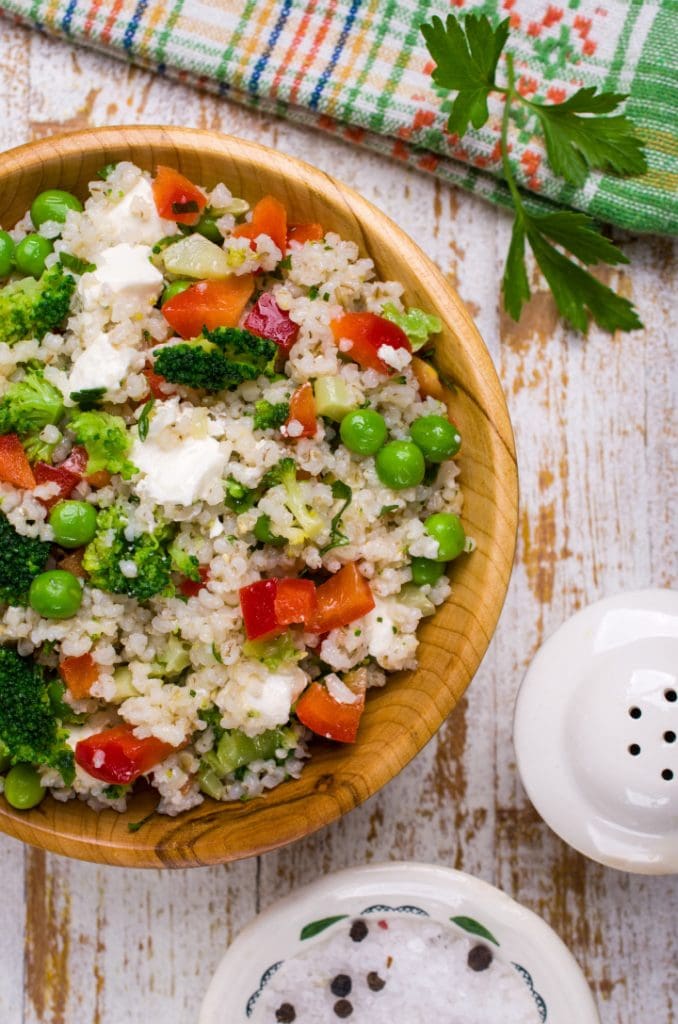
So what is bulgur wheat? Although bulgur is not as well known as other grains like rice, barley, and quinoa, it is by far my favorite due to its versatility.
If you have never heard of this amazing grain, read on for information on what bulgur is, how to cook it, recipes to use it in, and nutritional benefits. We are going to show you how to use it in delicious vegan recipes like vegan meatballs and vegetarian bean tacos.
What is bulgur?

Bulgur is an ancient grain whose name literally means cracked wheat. The process of turning wheat into bulgur has been around for thousands of years and originated in the Middle East. Though its name means cracked wheat, it is not the same thing. This is because bulgur has been precooked, whereas cracked wheat has not.
Bulgur is a quick-cooking form of whole wheat that is produced by parboiling and drying it before packaging. Since it is precooked, it requires minimal cooking time and can be ready to eat in a fraction of the time of other whole grains like barley or brown rice.
What I love the most about bulgur is that it has a crumbly, ground beef texture that is perfect for dishes like vegan tacos, vegetarian lasagna, and meatless spaghetti–and it soaks up the flavors of whatever spices you happen to be cooking with. It has a great chewy texture, along with the wonderful flavor of the seasonings of the dish.
You will find bulgur in many grocery stores, and Bob’s Red Mill carries at least two different varieties. Health food and specialty stores usually have it in the bulk food section where it can be purchased by the scoop.
Nutrition Facts
Bulgur wheat is a highly nutritious whole grain. Here are the approximate nutrition facts for 1 cup (182g) of cooked bulgur wheat:
- Calories: 151
- Protein: 5.6g
- Fat: 0.4g
- Carbohydrates: 34g
- Fiber: 8.2g
- Sugars: 0.2g
- Iron: 1.75mg (10% of daily value)
- Calcium: 18mg (1% of daily value)
- Magnesium: 58mg (15% of daily value)
- Potassium: 124mg
Bulgur is also low in fat and high in fiber, making it a great addition to a healthy diet.
How to cook wheat bulgur
The recipe card at the bottom of the page has the full list of ingredients with measurements and instructions.
Different types of bulgur, like fine, medium, or coarse, require slightly different cooking instructions because of their varying grain sizes. Coarser bulgur takes longer to cook, while finer bulgur softens more quickly, impacting texture and cooking time. These are the stovetop cooking instructions for each type.
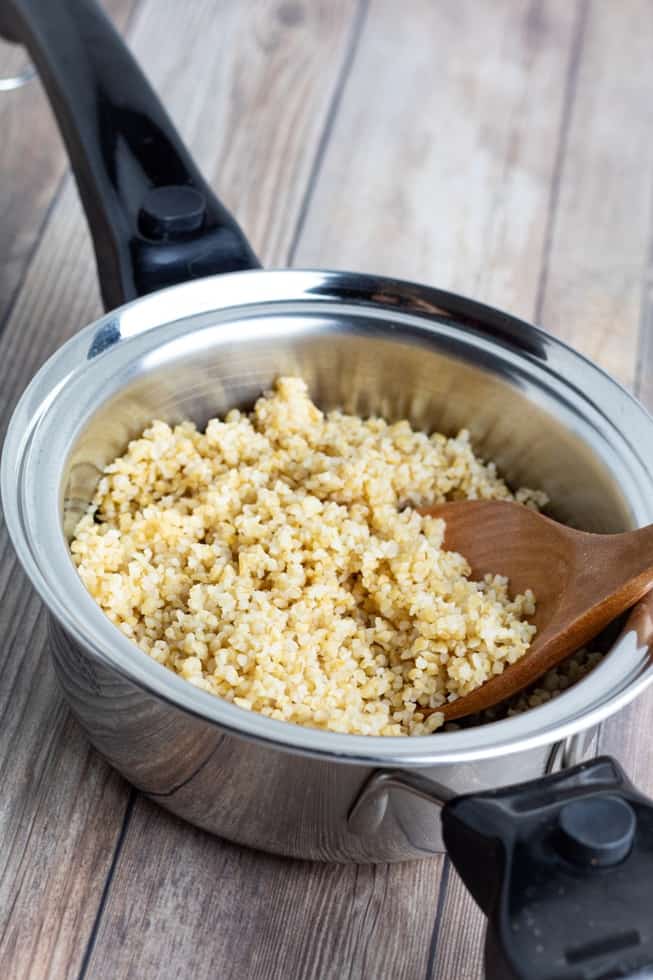
- Fine grade cooks the quickest and is commonly used for breakfast cereals and in salads. Soak fine bulgur in water or vegetable broth for 30 minutes, then drain and toss with salads. Cooking is not necessarily required.
- Medium grade is usually cooked by stirring 1 cup of the grain in 2 to 2 1/2 cups of boiling water or broth, then covering it until the liquid is absorbed. This grade is used in the familiar tabouleh salad or as a stuffing for vegetables such as bell peppers and squashes.
- Coarse grade is simmered the same way as rice, in a tightly covered saucepan. This is great for pilafs, stews, soups, chili, burgers, and anywhere you would normally use other grains.
Instant Pot Instructions
To make bulgur in your Instant Pot, set the temperature to 400°F for 4 minutes. Once it finishes, allow a natural release for 10 minutes. Fluff the bulgur with a fork and serve.
Microwave Instructions
Mix 1 cup of bulgur with 2 cups of water or broth in a microwave-safe bowl. Place a microwave-safe lid or plate on top to prevent splattering. Cook on high for 10 minutes. The time may vary depending on your microwave power. After cooking, let it sit for 5 minutes to fully absorb the liquid. Fluff the bulgur with a fork and serve.
Tips for Cooking
- Cooking Adjustments- It is common to substitute one kind of bulgur for another, but you will likely need to reduce the water or cooking time to keep it from becoming mushy.
- Cooking Methods- My personal preference is to cook bulgur in a rice cooker or steamer because it simplifies everything. I add bulgur and water, press the button, and walk away. For bulgur, I usually use the brown rice setting, though the white rice setting works too. No need to stir or worry about it sticking or overcooking. My rice steamer is used for quinoa, bulgur, and rice on a weekly basis. It just makes things so much simpler.
- Batch Cooking- I normally make large batches of bulgur wheat and freeze it for use in dishes like tacos, lasagna, beans, spaghetti, and so much more. Having it already cooked and on hand cuts down on food prep time and gets dinner to the table faster.
Bulgur Wheat Recipes
We eat bulgur at my house at least weekly. Check out these 16 favorite bulgur wheat recipes, perfect for adding a healthy, whole grain boost to your meals. From hearty main dishes to breakfast and sides, these easy recipes will inspire your cooking!
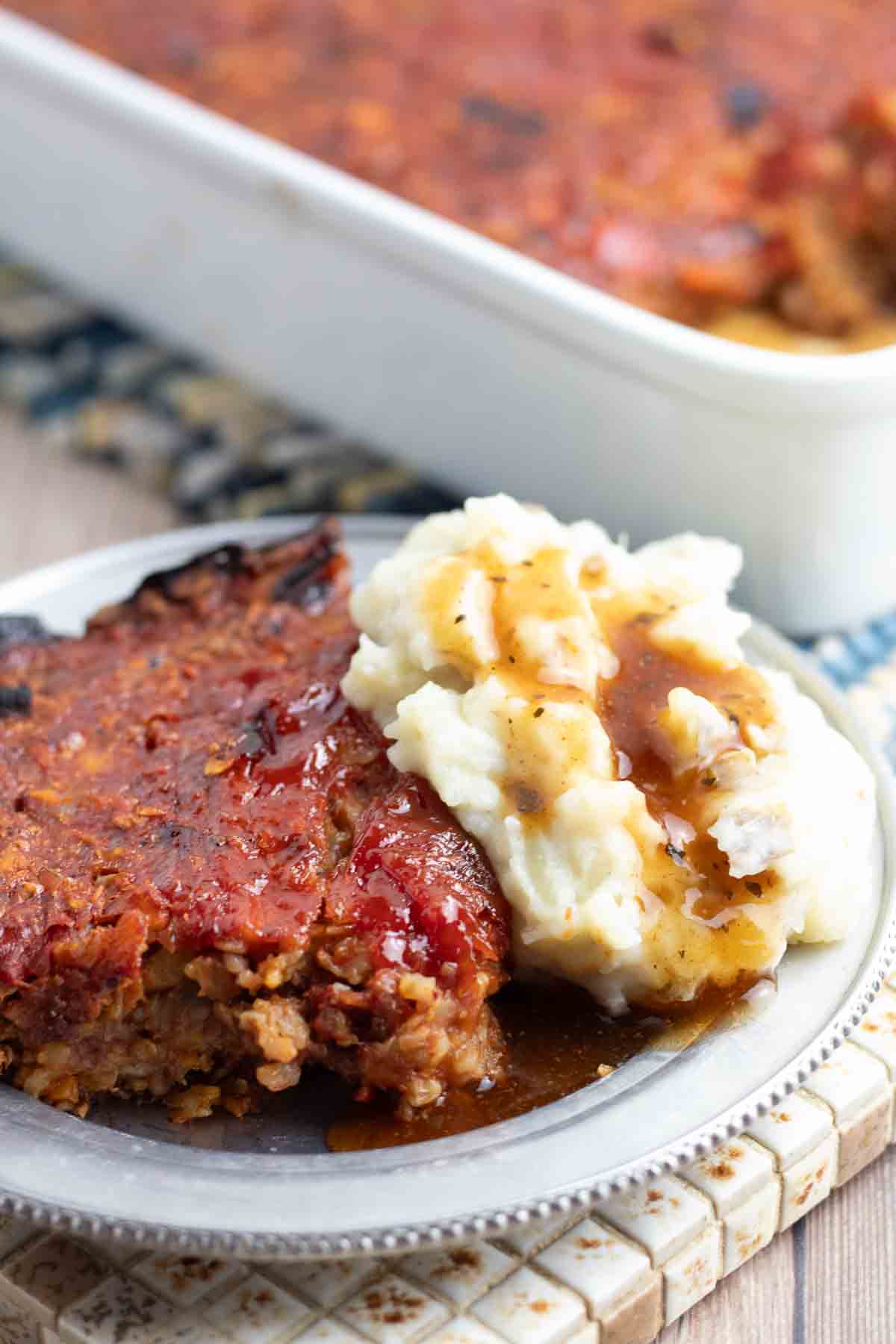
Vegan Meatloaf
When we are going to a family gathering and need to take a dish or two, this Homestyle Vegan Meatloaf is always my first go-to. During the holidays, you can bet it will be on the menu.
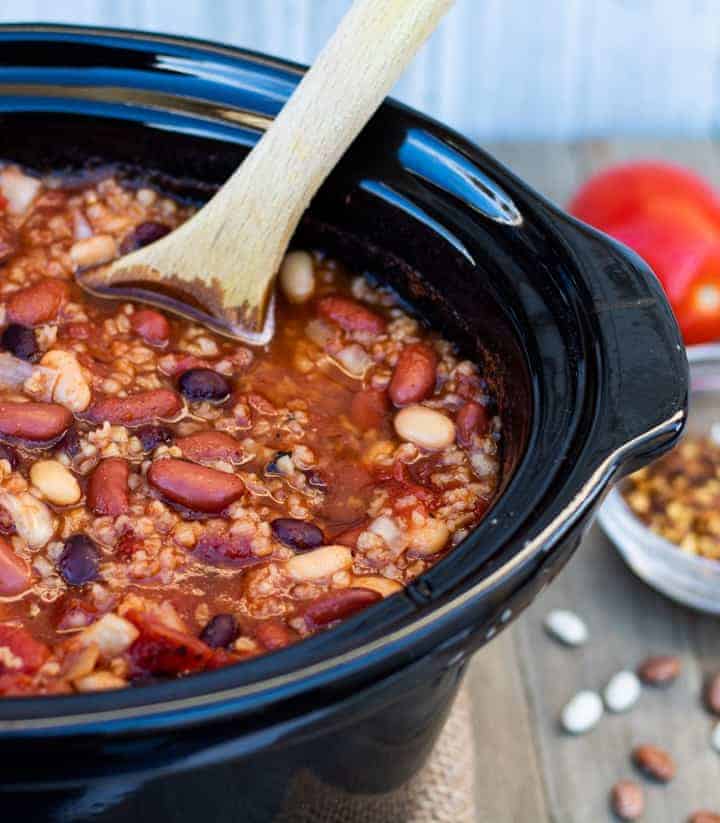
Crockpot Vegan Chili
This Vegan Crockpot Chili is so good because it combines hearty beans, fresh vegetables, and savory spices, slow-cooked to perfection for a rich and comforting flavor. Easy to prepare and perfect for meal prep, it’s a nutritious and delicious dish that everyone will love.

Spinach Mushroom Lasagna
This Mushroom Spinach Vegan Lasagna is rich, hearty, and bursting with savory flavors! Layered with creamy dairy-free ricotta, tender spinach, and meaty mushrooms, it’s the perfect plant-based comfort food that’s satisfying and packed with nutrients.

Vegan Meatless Tacos
These Vegan Tacos are bursting with bold, zesty flavors and packed with wholesome, plant-based ingredients. Perfectly seasoned and satisfying, they offer a delicious and healthy alternative to traditional tacos, making every bite a flavorful experience!

Vegan Meatballs
These Easy Vegan Meatballs can be made with marinara sauce and served as a spaghetti and meatball main dish. Another option is to coat them with BBQ sauce and serve them as an appetizer. Whichever way you decide to make them, they’re going to be a hit!
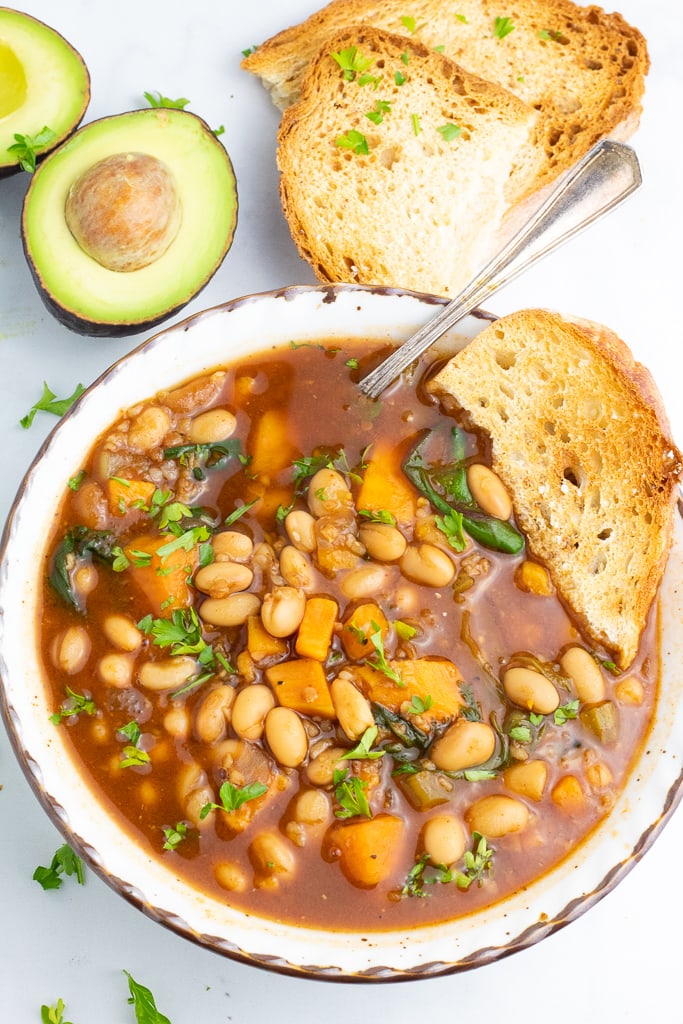
White Bean Chili
Loaded with vegetables, beans, and warm spices, this White Bean Meatless Chili is perfect for a filling lunch or dinner. It’s vegan, oil-free, and filled with plant-based protein to help you stay full for hours.

Roadhouse Breakfast Hash
This is a savory Vegan Breakfast Hash that will keep you from ever missing traditional hash again. Roadhouse hash is so versatile and hearty, it is a great dish for breakfast, lunch, or dinner!

Stuffed Collard Green Wraps
These Collard Green Vegan Wraps with creamy peanut sauce offer a fresh, healthy main dish or appetizer that is bursting with vibrant color and loads of nutrition.

Mexican Tortilla Soup
This amazing Vegan Mexican Bean Tortilla Soup is a flavor fiesta! Packed with vibrant veggies, hearty beans, and zesty spices, every spoonful is a delightful explosion of taste and texture that will have you coming back for more. Say hello to your new favorite soup, where every bowl is a party for your taste buds!
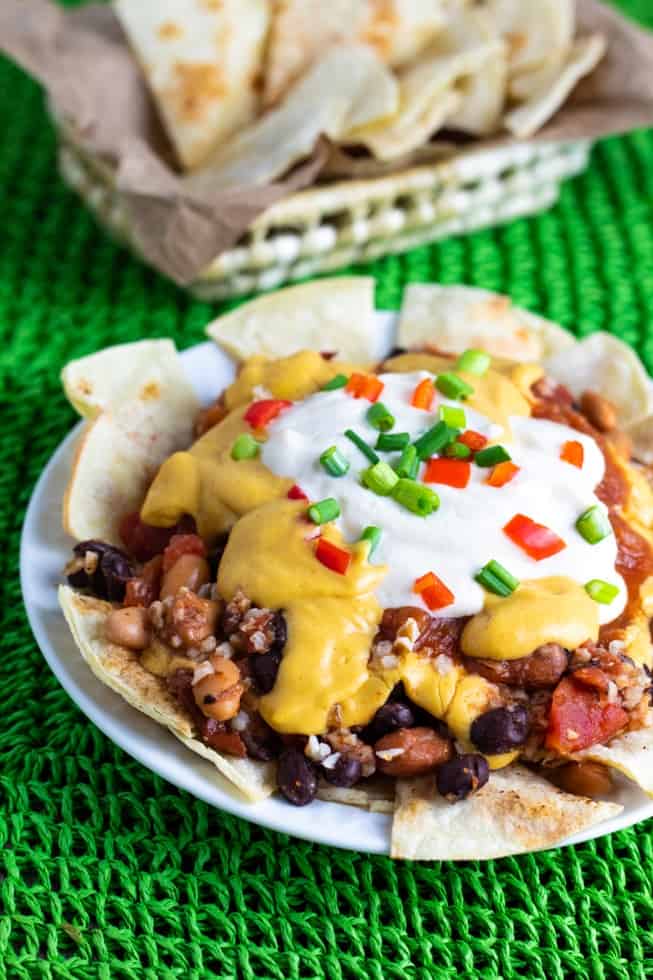
Vegan Nacho Supreme
These Healthy Vegan Nachos are so good because they feature a creamy, homemade vegan cheese sauce and tangy tofu sour cream, making them a delicious and guilt-free meal. Packed with nutritious ingredients and bold flavors, these nachos are the perfect plant-based meal for feeding a crowd.
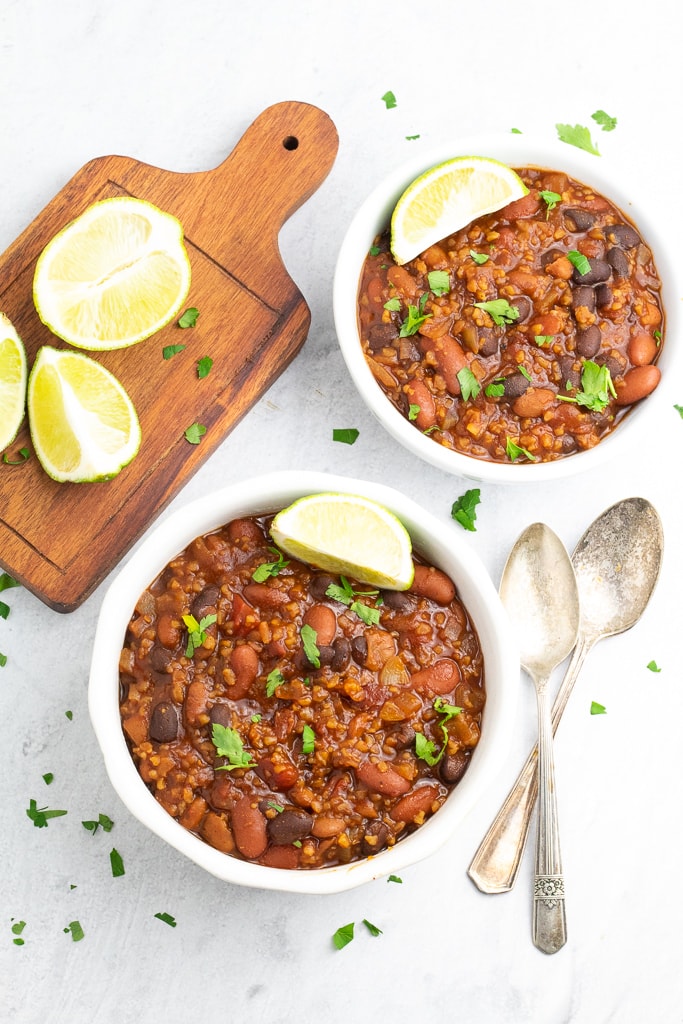
Instant Pot Vegan Chili
This Instant Pot Vegan Chili is easy to make and chock full of healthy wholesome ingredients. It is ready in under an hour, making it a perfect option for a fast and convenient meal.

Lentil Bulgur Sloppy Joes
These Lentil Bulgur Sloppy Joes are a delicious, inexpensive, hearty alternative to traditional sloppy joes, offering a rich, savory flavor and satisfying texture. Made with protein-packed lentils, hearty bulgur grain, and a blend of spices, they’re perfect for a comforting and nutritious meal that everyone will love.
What is a good substitute for bulgur wheat?
There are some gluten-free options that can be used for a bulgur substitute for those that are avoiding wheat, depending on the recipe. Some of those bulgur replacements include:
- Buckwheat groats
- Roasted brown rice couscous
- quinoa
- Farro (slightly ground in a food processor or blender)
Frequently Asked Questions
Bulgur wheat has a mild, nutty flavor with a slightly chewy texture. Its neutral taste allows it to absorb the flavors of the seasonings and ingredients it’s cooked with, making it versatile in a variety of savory dishes.
Bulgur is high in fiber, low in fat, and a good source of plant-based protein, making it great for digestive health and overall heart health. It also contains important nutrients like iron, magnesium, and B vitamins.
No, since bulgur contains gluten, it cannot be used in gluten-free recipes. However, quinoa or millet can be a great substitute in similar dishes.
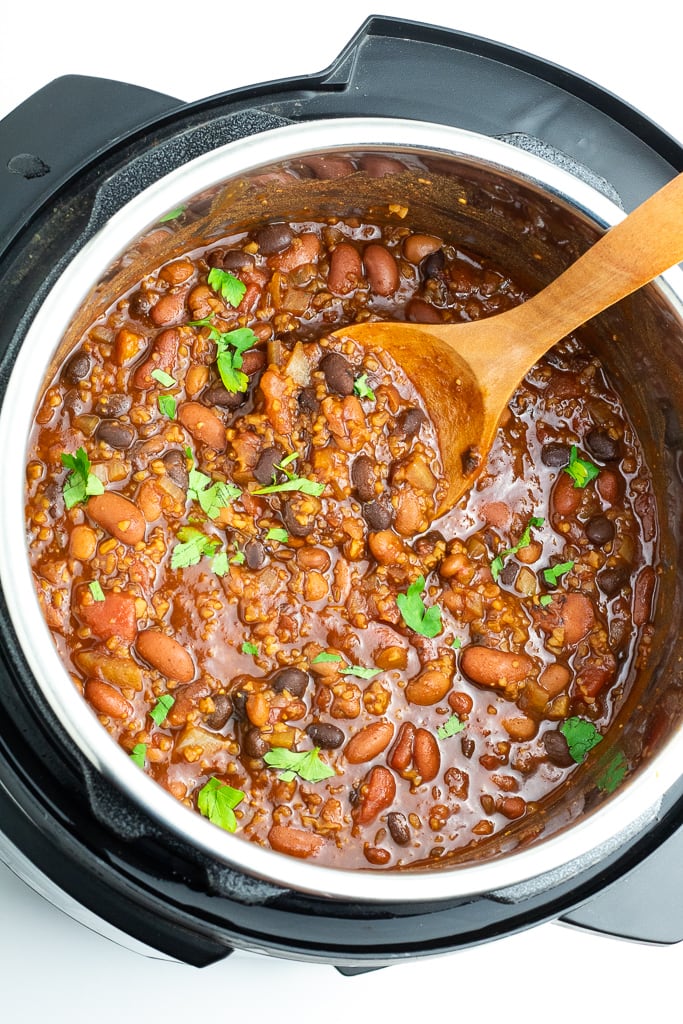
We have more recipes on our Bulgur Recipes page, and Healthy Girl’s Kitchen has an oil-free bulgur Tabbouleh recipe that looks delicious!
For those of you new to the whole food plant-based lifestyle, we’ve created a FREE 7-Day Plant-Based Menu Planner to help you get started!
Want to Save This Recipe?
Enter your email & I'll send it to your inbox. Plus, get great new recipes from me every week!
By submitting this form, you consent to receive emails from EatPlant-Based
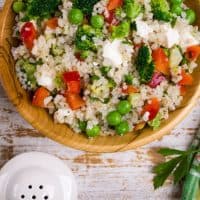
Bulgur Wheat Cooking Instructions
Ingredients
- 1 cup dry bulgur
- 2 cups water
- 1 pinch salt optional
Instructions
Stovetop Instructions
- Add 1 cup bulgur to 2 cups water in a saucepan on the stove. Add a pinch of salt if desired.
- Bring to a boil, cover, and simmer for 12 - 15 minutes or until tender.
Rice Cooker Instructions
- Place 1 cup bulgur and 2 cups water in cooker. Press brown rice button setting and allow to cook.
Instant Pot Instructions
- To make bulgur in your Instant Pot, set the temperature to 400°F for 4 minutes.
- Once it finishes, allow a natural release for 10 minutes.
Microwave Instructions
- Mix 1 cup of bulgur with 2 cups of water or broth in a microwave-safe bowl. Place a microwave-safe lid or plate on top to prevent splattering. Cook on high for 10-12 minutes. The time may vary depending on your microwave power.
- After cooking, let it sit for 5 minutes to fully absorb the liquid. Fluff the bulgur with a fork and serve.
Video
Notes
- Cooking Adjustments- It is common to substitute one kind of bulgur for another, but you will likely need to reduce the water or cooking time to keep it from becoming mushy.
- Cooking Methods- My personal preference is to cook bulgur in a rice cooker or steamer because it simplifies everything. I add bulgur and water, press the button, and walk away. For bulgur, I usually use the brown rice setting, though the white rice setting works too. No need to stir or worry about it sticking or overcooking. My rice steamer is used for quinoa, bulgur, and rice on a weekly basis. It just makes things so much simpler.
- Batch Cooking- I normally make large batches of bulgur wheat and freeze it for use in dishes like tacos, lasagna, beans, spaghetti, and so much more. Having it already cooked and on hand cuts down on food prep time and gets dinner to the table faster.
- buckwheat groats
- roasted brown rice couscous
- quinoa
- farro (slightly ground in a food processor or blender)
- shredded cauliflower
Nutrition
Disclaimer
To obtain the most accurate representation of the nutritional information in a given recipe, you should calculate the nutritional information with the actual ingredients used in your recipe, using your preferred nutrition calculator. You are solely responsible for ensuring that any nutritional information provided is accurate, complete, and useful.
About Terri Edwards
Hi guys! I am the content creator behind EatPlant-Based and a licensed Food for Life instructor with the Physicians Committee for Responsible Medicine. I am passionate about sharing healthy recipes and tips to empower others to get healthy. I’m so glad you’re here! Read More…

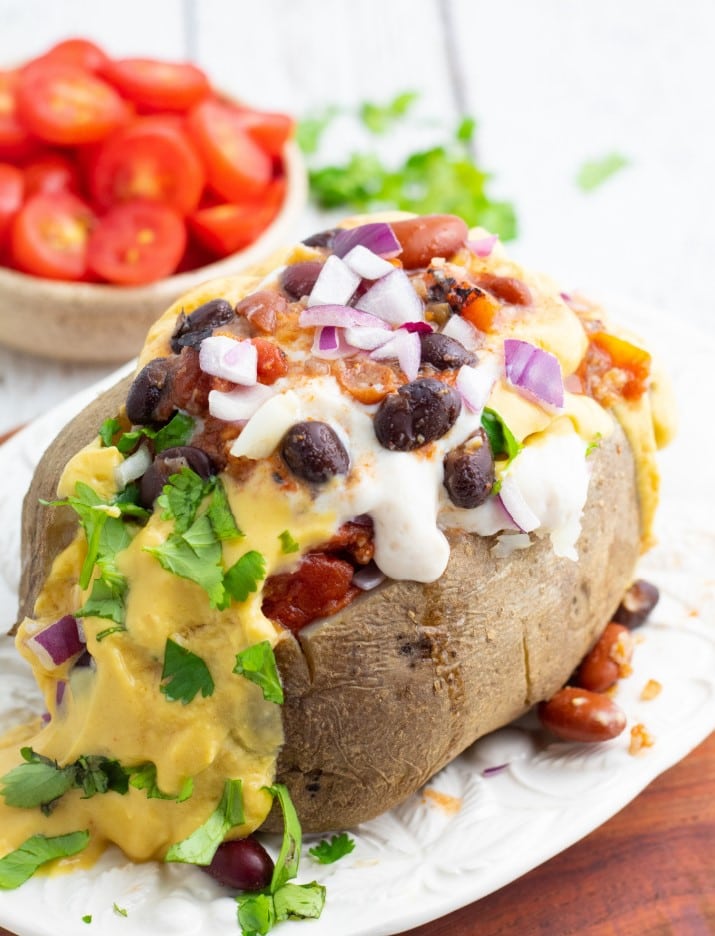
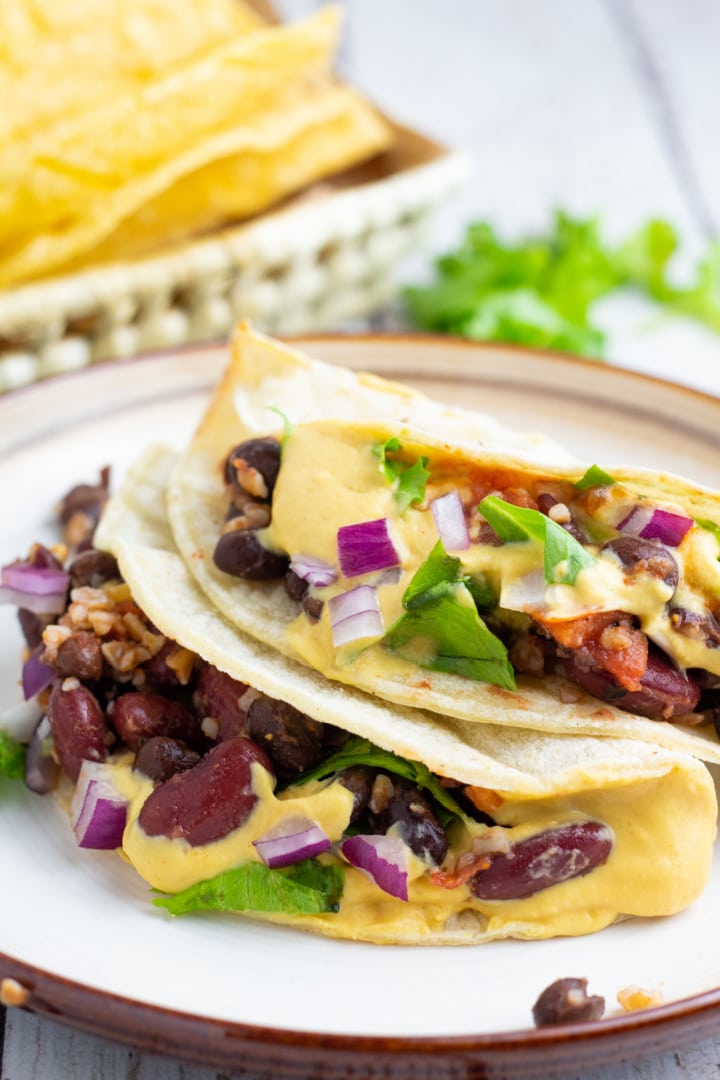
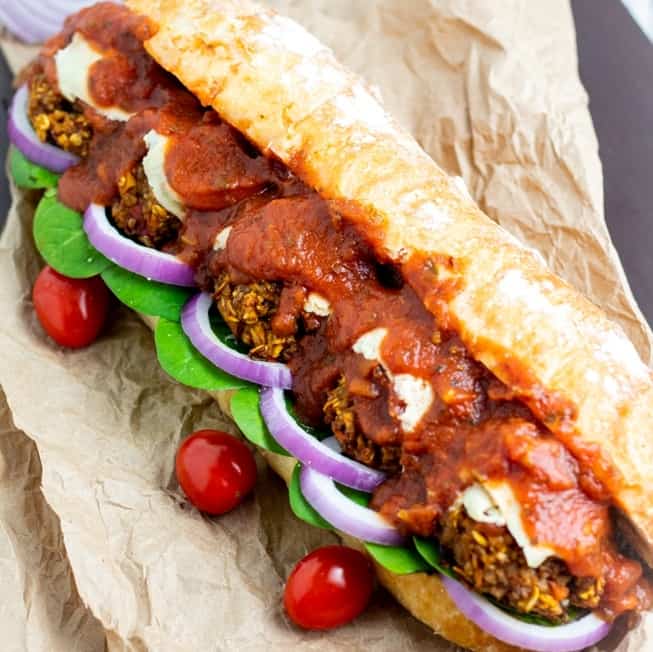


Could you use the rice setting on the Instant Pot to make the bulgar?
By the way, I love your crockpot chili recipe with the bulgar. It is my absolute favorite!
I’m so glad to hear you love the crockpot chili with bulgur—it’s one of my favorites too! As for the Instant Pot, you can try using the rice setting for bulgur, but since bulgur cooks more quickly than rice, I’d recommend using the manual/pressure cook setting instead. Try 1 cup of bulgur with 2 cups of water or broth, and cook on high pressure for just 1 minute, then let it naturally release for about 10 minutes. That should work just fine.
So I am curious if you are using the fine, medium or coarse bulgur in your recipes and if the cooking times vary with the different size grains? Thank you!
I use the Bob’s Red Mill bulgur (red and yellow varieties), but I don’t see it marked on the packages what cut they are. Most of the time, I cook bulgur in my rice steamer on the brown rice setting.
I want to make bulgur for a taco bar in place of ground beef. I am thinking that I will just mix in my taco seasonings with the water, then add the bulgur to maximize the taco flavor. I’ll be making a big batch so I was thinking I would use 2 cups of bulgur. I’ll be cooking it in my instant pot on the rice setting. If you think I should change anything please let me know.
Susan,
Adding the taco seasoning to the bulgur while cooking is best. I haven’t made bulgur in an InstantPot before. What time and setting did you use?
I love burger and have used it long before I went plant based, I just didn’t know it could be used for so many things. Thank you for expanding my knowledge.
It’s a favorite at my house too. So glad that the article is helpful!